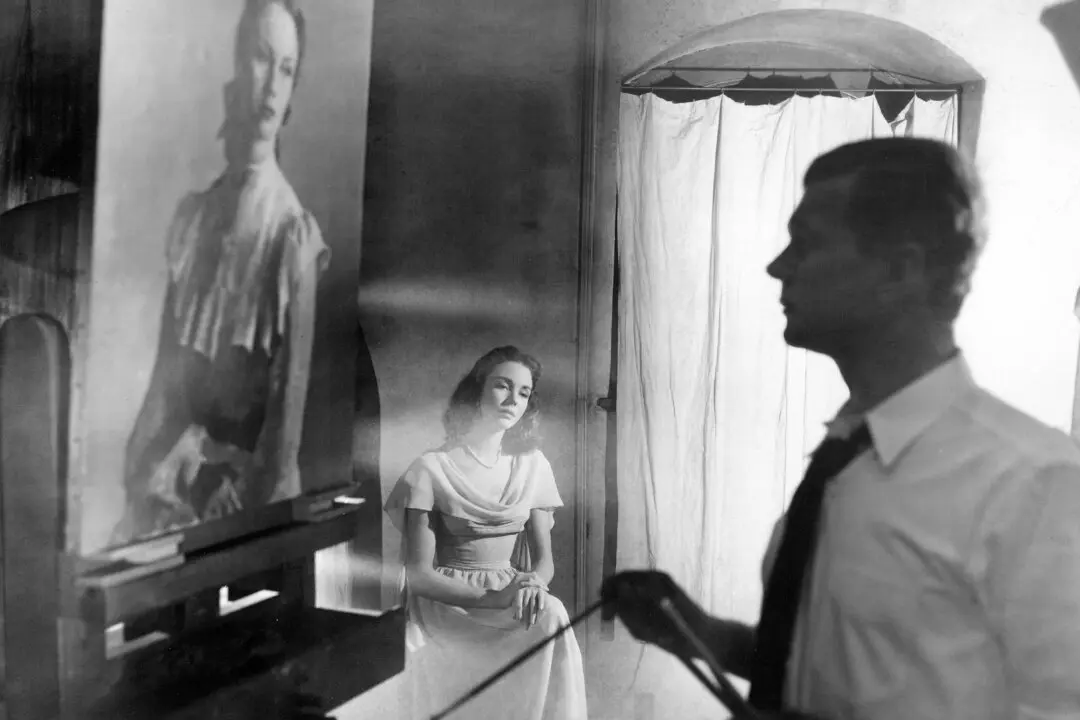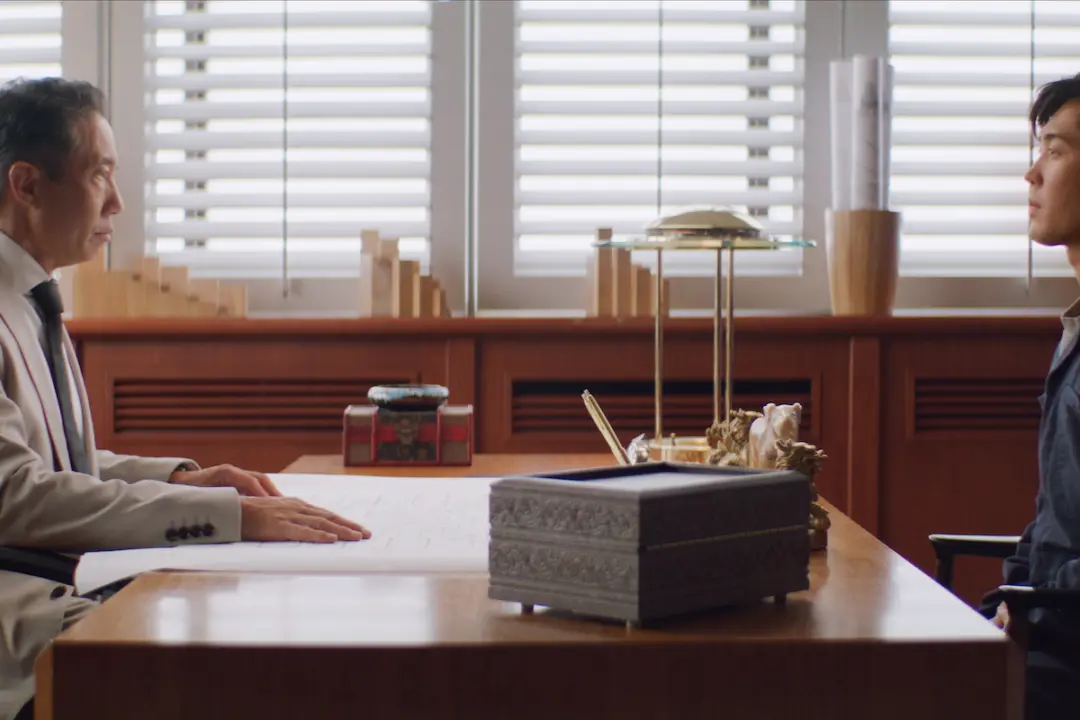Not Rated| 2 h 6 min | Drama, Comedy | 1938
Grandpa Vanderhof’s (Lionel Barrymore) eccentric household is the only one in downtown Depression-era New York resisting Anthony Kirby’s (Edward Arnold) business ambitions. Kirby wants a moat of unencumbered land around his munitions business, even if it runs his rivals aground. But Vanderhof won’t sell a house that reminds him of his long-dead wife.




